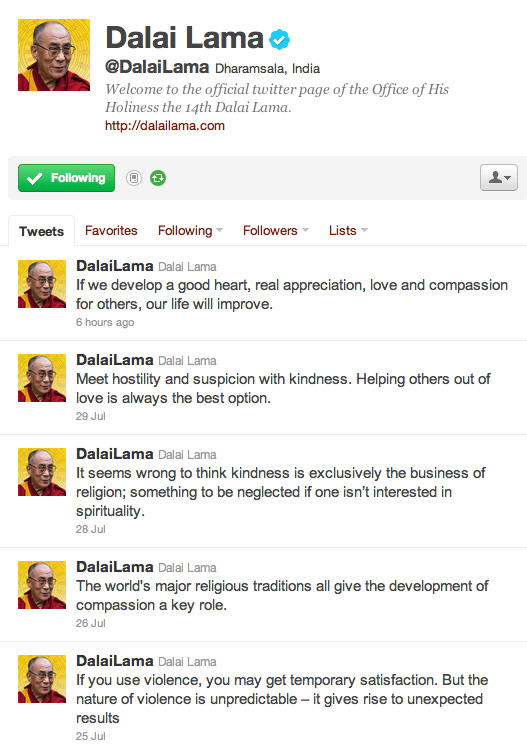I’m beginning to remember why I procrastinate so long before updating my web site. I’m sure that I make updating harder than it needs to be, but all those years of advising yearbook have probably scarred me. I want things the way I want them to be; I want them to be “perfect,” or at least pass for perfect.
I spent most of a day learning how to upload pictures for the header, originally substituting my own photos for the photos that came with the theme. That worked for one photo, but it wouldn’t allow me to alternate pictures, something I was looking forward to. I had to review file permissions, only to discover in the end that I had failed to switch server addresses when my host switched servers.
Then I realized that the theme was displaying my photos at a reduced size and at a different width than the main copy. That just plain looked wrong to me. So I spent several hours looking at CSS code trying to figure out how to adjust the width. I ended up doing an online search on how to code a fixed width. Once I found that, it was relatively easy to make the adjustments I needed.
Today I went to work making sense out of the blogroll on the side. I didn’t have to figure out how to do anything, but it was the kind of work I really hate: boring, tedious, repetitive work. When I started a blogroll years ago there were no RSS readers, so I used the blogroll to visit fellow bloggers. For the last two or three years I’ve been using a RSS reader. Since it updates automatically, I tend to miss it when some bloggers quit blogging, especially if they never leave comments on my site. Over the years I’ve also added blogs to my RSS reader without adding them to the blogroll, usually so that I can decide if I’m going to go read their blogs consistently. By now, the lists barely resemble each other. To make things even more complicated, when I did check out each site today I had to decide whether the person is still blogging or not. It’s amazing how many people seem to feel guilty about quitting their blog and drop in occasionally to say that they’ll begin again shortly. If someone hasn’t posted for a year, it’s pretty easy to drop them from the blogroll. If they published once in July and once in August I begin to question whether they’re really blogging or have deserted blogging for Facebook and Twitter. I was surprised how hard it was for me to delete bloggers I’ve been reading and enjoying for four or five years. In the end, I compromised and deleted them from the blogroll but kept them on my RSS reader. That way if they start publishing again I’ll be able to add them back.
Somewhere in the middle of all this I’ve been fighting problems that have emerged since upgrading to Lion and Aperture, and apparently I’m not the only one having problems with the two not interacting nicely. I’m still not sure if I’ve got the problem solved and I probably won’t publish my latest Rainier pictures, except those in the header, until I’ve solved the problem.

